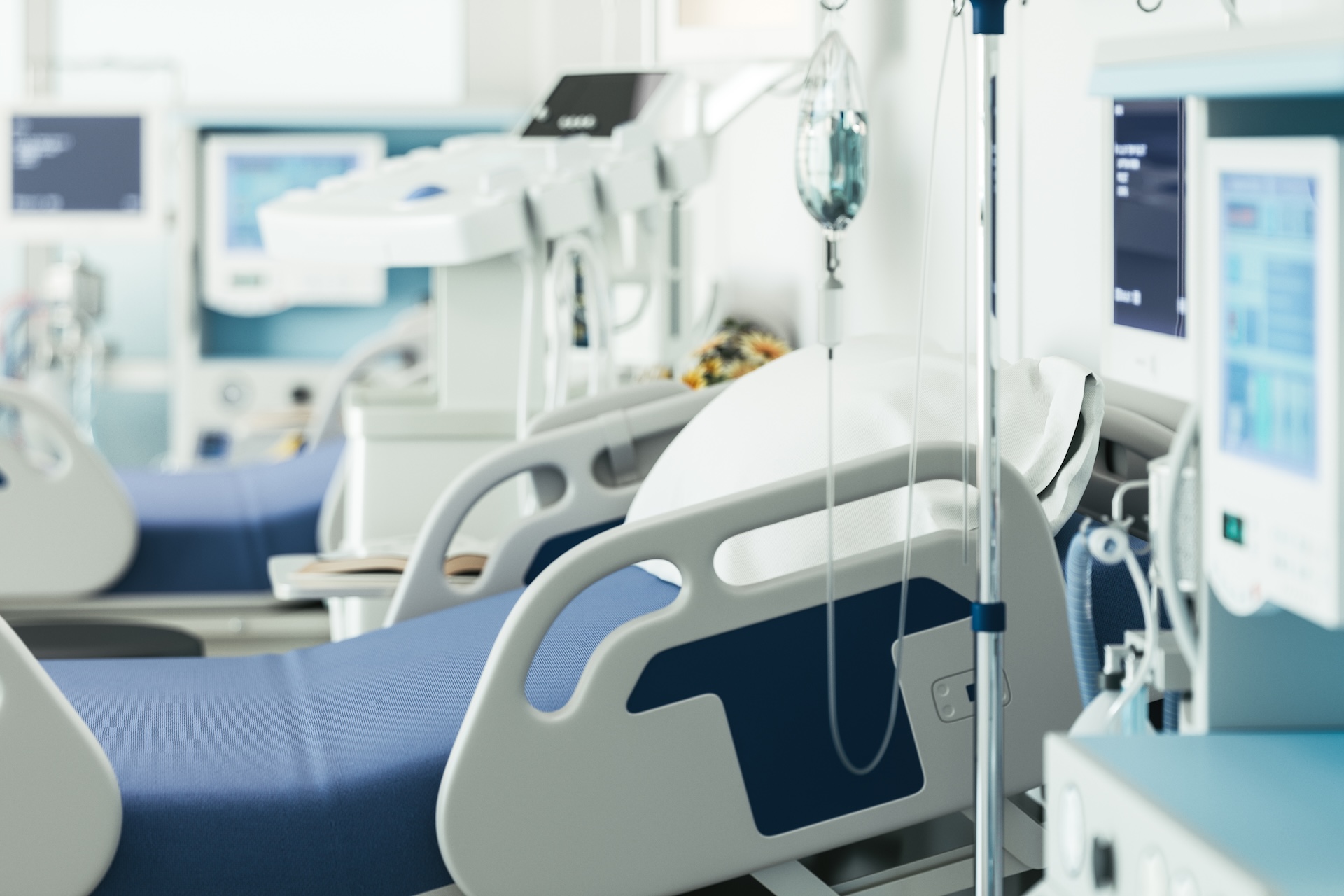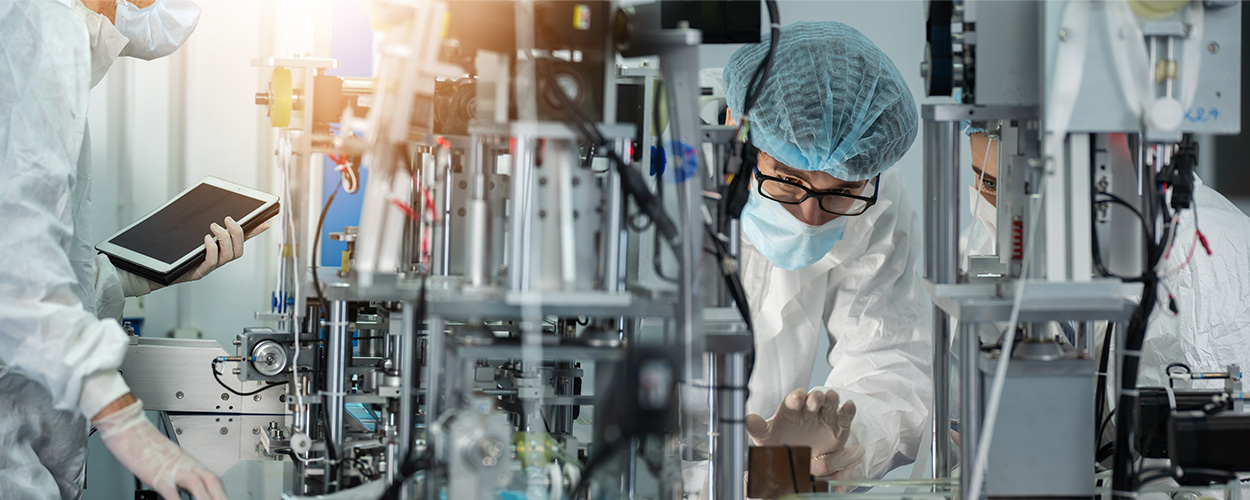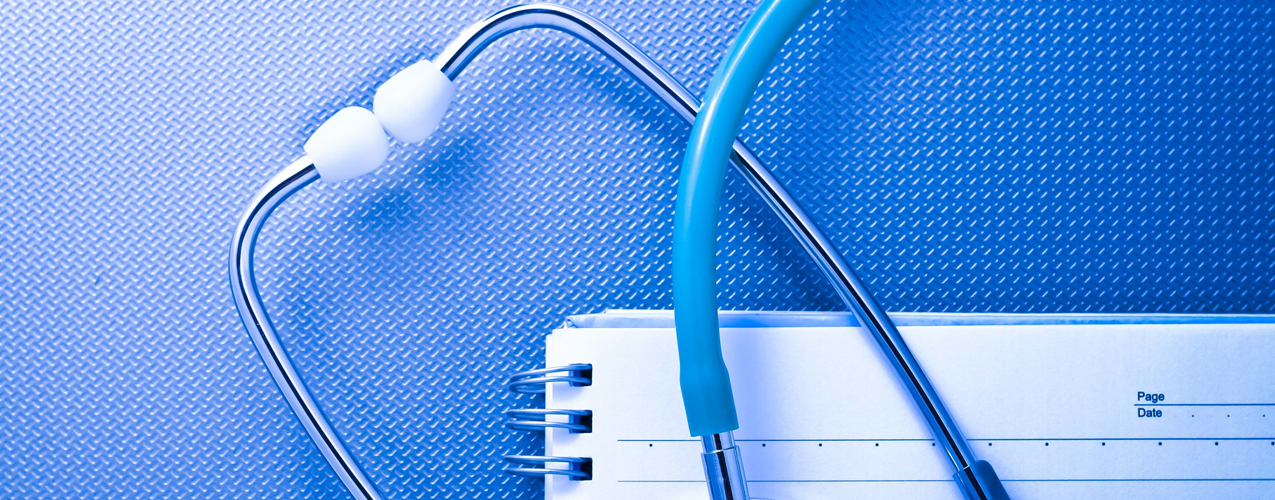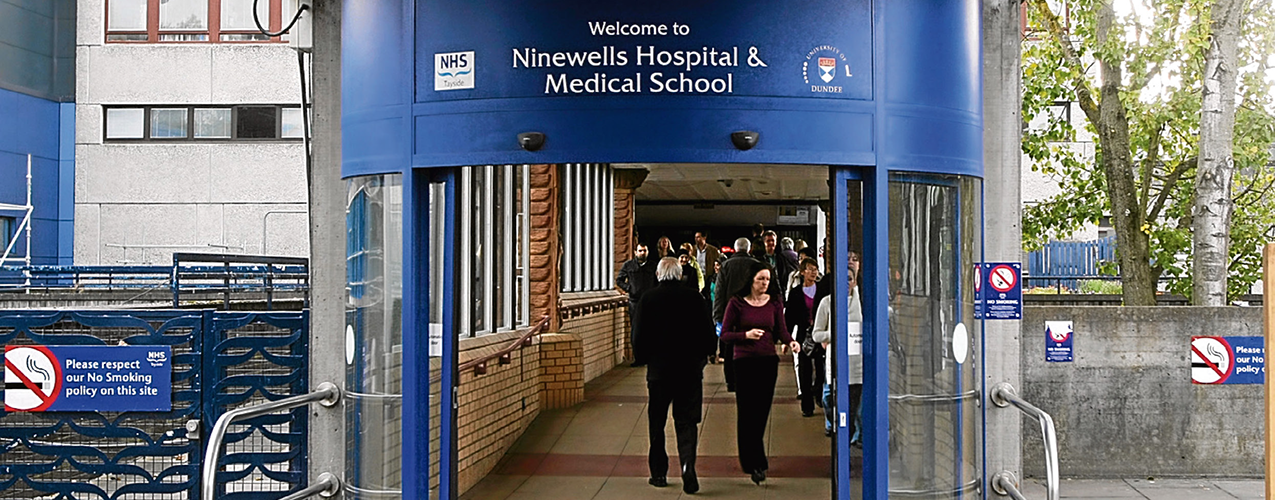RFID medical device tracking
RFID (Radio Frequency Identification) technology enables the tracking and management of assets, equipment, and inventory without the need for manual scanning. Our iAssets solution transforms asset tracking in healthcare settings by providing point-in-time data, ensuring your team always has access to the resources they need – when they need them.
How iAssets passive RFID tracking works in healthcare
RFID tags are attached to medical equipment and other assets. These passive tags contain a unique identifier and are activated when they come into range of an RFID reader. The reader emits a signal that powers the tag, prompting it to transmit its data back. This enables point-in-time tracking of assets as they move through different areas, providing visibility across both hospital environments and community care settings.
Key components of RFID tracking
RFID tags
Passive low-cost RFID tags are affixed to medical equipment, devices, or supplies. These tags store data that can be read by RFID readers, transmitting location data information.
RFID readers
RFID readers capture signals from RFID tags, providing point-in-time location data. Readers can be placed in key areas like entrances, operating theatres, or storage rooms.
Handheld RFID scanners
These mobile devices scan for RFID-tagged equipment, beeping as they locate an item and reducing staff search time.
Centralised iAssets platform
Our iAssets software collects the data from RFID readers, enabling staff to monitor asset location, status, usage, and maintenance needs.
How passive RFID works
How it works
Passive RFID tags do not have their own power source. Instead, they rely on the energy from an RFID reader’s radio waves to transmit data.
Key features
- Cost-effective: Ideal for high-volume asset tracking.
- No battery maintenance: Passive tags have an extended lifespan.
- Shorter range: Typically used for items within a hospital room, storage area, or hallway.
Best suited for
- Tracking low-cost or frequently used medical equipment (e.g., wheelchairs, bedpans).
- Inventory management, ensuring stock levels are up-to-date.
Completely flexible RFID medical device tracking
iAssets RFID tracking can be applied in a wide range of healthcare contexts, including:
Technology-driven asset tracking for healthcare
Comprehensive, real-time tracking with flexible technology integration
iAssets supports multiple technologies to ensure you have the most accurate, real-time location of your equipment, from Wi-Fi, BLE, and RFID to GPS, ensuring reliable tracking in any healthcare setting.
Flexible tracking technology designed to track anything, anywhere includes: BLE, Wi-Fi, GPS and hybrid tracking technology.
For healthcare asset tracking and management in dynamic, high-volume environments like hospital wards or outpatient clinics.
Combine the strengths of RTLS and RFID in a flexible, scalable solution that grows with your healthcare environment and supports future demands.
Explore our related services
“The top benefits it delivers for us daily are time savings, better critical maintenance processes and more importantly, improved patient care”
“iFIT has allowed us to make significant savings. Specifically, staff reduction, more efficient pulling, higher rates of found missing files and reduced temporary set creation”
“iFIT has ensured that 98% of our records get to the appointment on time”
Get in touch
Start improving community care today. Contact us to see how iAssets can streamline your operations, enhance care delivery, and ensure that your resources are always available when needed.
FAQs
News, case studies & insights
Gloucestershire Hospitals NHS Foundation Trust
Gloucestershire Hospitals NHS Foundation Trust
Setting new standards in patient safety and achieving cost improvement with iFIT
Setting new standards in patient safety and achieving cost improvement with iFIT
NHS Tayside
NHS Tayside implemented iFIT to deal with the unsustainable volume of paper records - reducing space and saving time.








